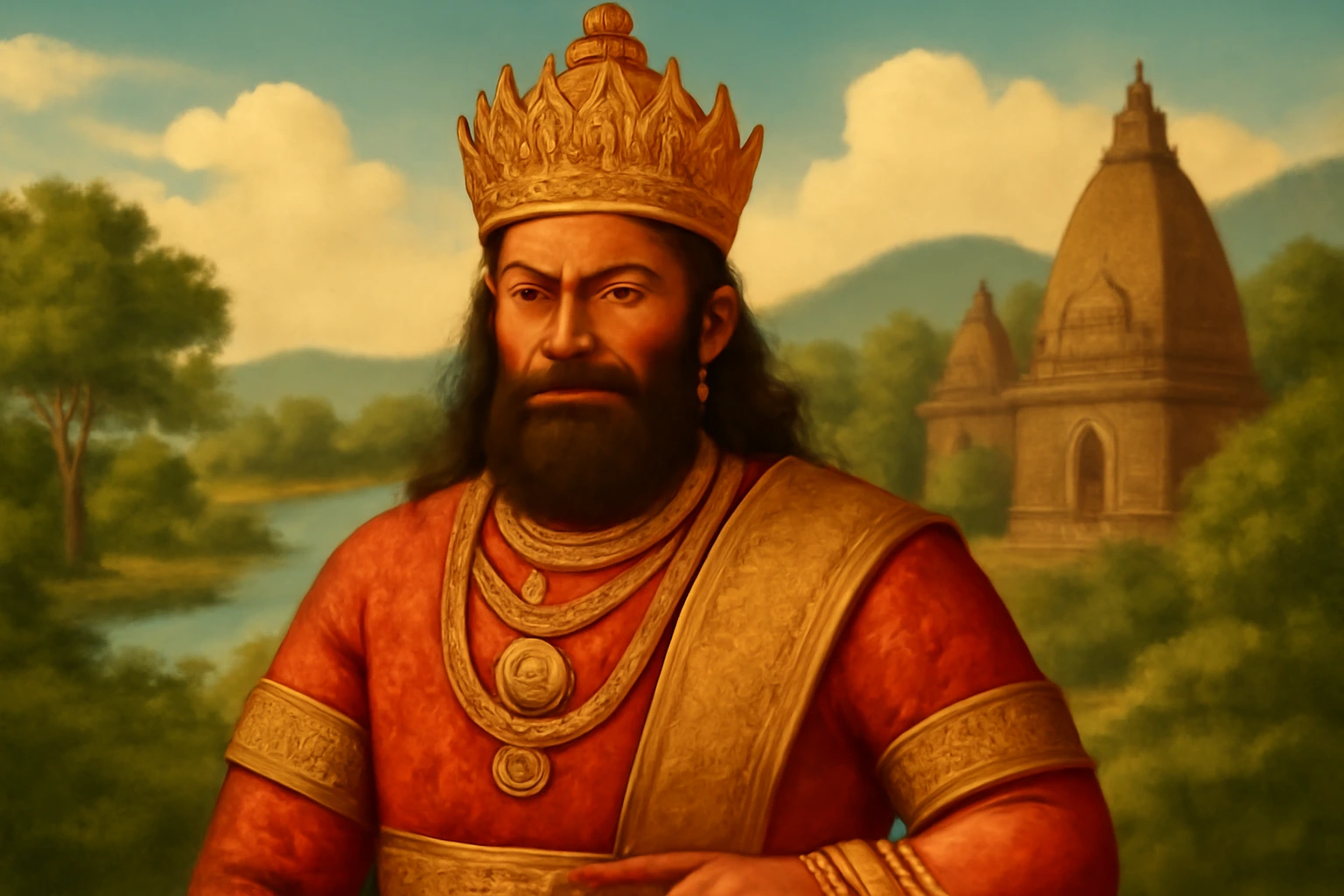The history of Assam, a region in northeastern India, is steeped in rich legends and ancient traditions that trace the origins of its earliest recorded rulers back to times shrouded in mythology. According to historical and traditional records, the earliest known ruler of Assam is Mahiranga Danava, the founder of the Danava dynasty. This ancient dynasty governed the kingdom of Pragjyotisha, an early form of territorial identity corresponding to present-day Assam.
The Danava Dynasty and Mahiranga Danava
The Danava dynasty is described in ancient Hindu texts such as the Kalika Purana, where it is depicted as the first line of rulers in Assam. Mahiranga Danava is portrayed as a Kirata king — the Kiratas were tribal people inhabiting the region. His reign is considered significant because it marks the earliest attempt to establish organized rule in Assam, laying down the roots of political and cultural identity in the region.
The dynasty derives its name from “Danava,” which in mythology refers to a clan of supernatural beings often linked to powerful rulers. Despite the mythological tone, the Danava dynasty’s mention signifies an early era of Assam’s history, firmly embedded within the region’s cultural memory.
Myth and History
It is important to distinguish that Mahiranga Danava and the Danava rulers are part of legend and tradition rather than documented historical fact. Archaeological and epigraphic evidence to firmly establish Mahiranga Danava’s reign does not exist. Instead, these stories were preserved over generations through oral narratives and religious texts.
Following the Danava dynasty, another legendary dynasty, the Naraka or Bhauma dynasty, is said to have ruled Assam. Narakasura, a famous figure from this dynasty, is credited with many mythological feats and is often linked to the establishment of social and religious institutions in the region.
Transition to Historical Records: Pushyavarman and the Varman Dynasty
The first historically verifiable ruler of Assam is believed to be Pushyavarman, who established the Varman dynasty around the 4th century CE. His reign marked the beginning of documented political consolidation and expanded influence, which is supported by archaeological findings and ancient inscriptions.
This transition from largely legendary dynasties like the Danavas and Bhaumas to historically recorded dynasties signifies the shift from mythic traditions to recorded history in Assam’s timeline.
Importance of Early Rulers in Assam’s Identity
The legend of Mahiranga Danava serves more than just a narrative function; it reflects the deep-rooted cultural identity of Assam’s people and their connection to antiquity. The stories of these early rulers form the foundation of Assam’s heritage, influencing literature, arts, and regional pride throughout centuries.
FAQ
According to historical records, who was the earliest known ruler of Assam?
According to historical records and legends, the earliest known ruler of Assam is Mahiranga Danava of the Danava dynasty, who ruled the ancient kingdom of Pragjyotisha (present-day Assam). This dynasty is mentioned in ancient texts such as the Kalika Purana and is considered the first legendary line of rulers in Assam. However, these early rulers, including Mahiranga Danava, are largely legendary and rooted in mythology rather than confirmed archaeological evidence.
Context and Historical Significance
- The Danava dynasty, established by Mahiranga Danava, is described as having Kirata (tribal) origins.
- After the Danava dynasty, the Naraka or Bhauma dynasty followed with Narakasura, and later, more historically verified rulers emerged, starting with Pushyavarman of the Varman dynasty in the 4th century CE.
- Mahiranga Danava remains the first named ruler associated with early Assam in both mythological and traditional records.
So, Mahiranga Danava is recognized as the earliest known ruler of Assam according to historical and traditional accounts.

